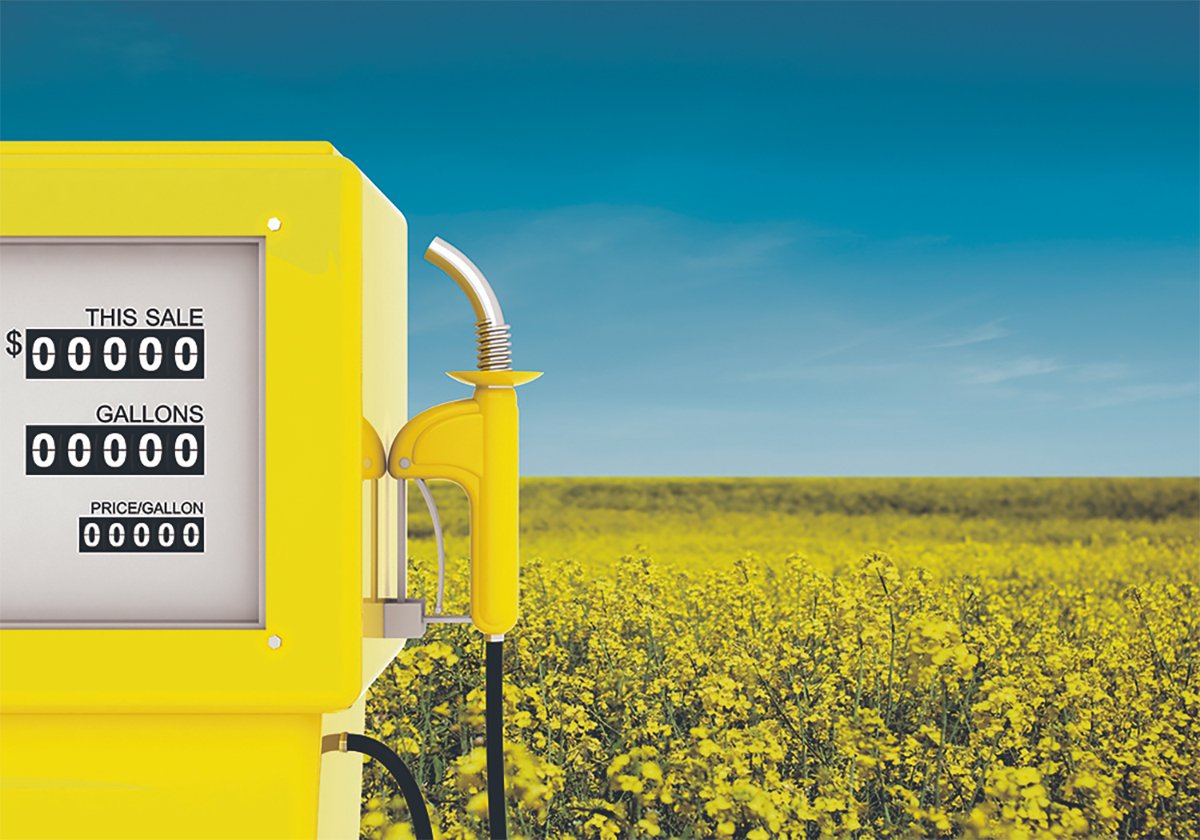Prices levelling | But supplies not keeping pace
CLARESHOLM, Alta. — Lamb prices have dropped from heady highs last year, and producers are hopeful they have stabilized.
Howard Paulsen, the Alberta Lamb Producers director for Zone 1, said lamb prices are now $110 compared to $185 last year.
“One of the things I’ve heard is it was just kind of a perfect storm,” said Paulsen.
“A lot of people had kept back a lot of their replacement ewes, and they came on the market. The States, with their drought, a lot came up from the States. Too many lambs came into the system all at once.”
Read Also

Biofuel sector happy with federal budget
Advanced Biofuels Canada says new Biofuel Production Incentive is a lifeline until CFR amendments are in place.
As well, consumers reacted negatively to high retail lamb prices, which likely contributed to price reduction.
“There needed to be a bit of a correction but it was just more than everybody wanted,” he said.
“But most of our producers are still very optimistic.”
ALP chair Phil Kolodychuk agreed.
“Everybody had a great year be-cause the prices were high, but that wasn’t a sustainable price for consumers,” he said.
“Consumers start backing off when the prices get too high, and the slaughterhouses have to pay too much to get the lamb and then they’re going to lose money because they can’t price it high enough.”
Producers at the Zone 1 and 2 meeting heard that the United States had exported feeder and slaughter lambs because of the strong Canadian price and U.S. feed shortages.
That may not sit well with Alberta producers, but demand continues to outstrip available lamb supply in the province and the only federal lamb slaughter plant, SunGold in Innisfail, Alta., is not able to run at capacity.
Kolodychuk said imported lambs are understandable, given that scenario.
“They’re a business and they don’t have the amount of animals to fill their contracts. They have to find them somewhere,” he said.
“I wish we had the animals to give them, but you have to totally understand their position, that they have markets and they need to fill their orders.”
ALP figures indicate Canada produces 41 percent of the domestic lamb consumption. Imports from New Zealand and Australia make up the rest.















